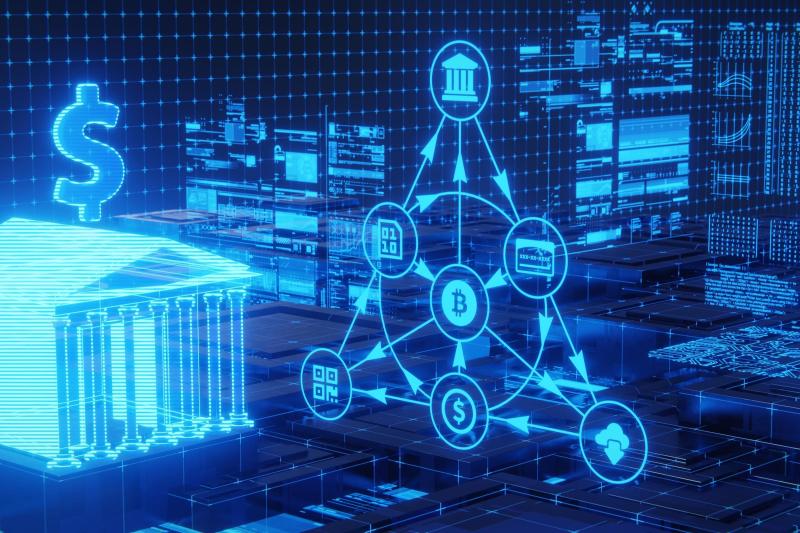The emergence of Web 3.0, also known as the decentralized web, has brought about a new era of data analytics. Unlike the traditional web, where centralized platforms like Google and Facebook have near-complete control over user data, Web 3.0 allows for decentralized and secure data sharing across multiple platforms and applications. This creates a new opportunity for businesses and individuals alike to access and analyze decentralized data.
Web 3.0 is powered by blockchain technology, which allows for the creation of decentralized applications (dApps) that run on a distributed network of computers. These dApps use smart contracts to automate transactions and create a transparent and secure environment for data sharing. This means that data analytics in Web 3.0 is different from traditional analytics in several ways.
Firstly, data in Web 3.0 is decentralized, meaning that it is spread across multiple networks and platforms. This makes it difficult to access and analyze data in a centralized manner. Instead, data analytics in Web 3.0 requires a more collaborative and open approach, with different stakeholders working together to share and analyze data.
Secondly, Web 3.0 data analytics is more transparent and secure than traditional analytics. Blockchain technology ensures that data is encrypted and distributed across the network, making it virtually impossible to hack or manipulate. This means that businesses and individuals can be confident that the data they are analyzing is accurate and reliable.
Finally, Web 3.0 data analytics is more focused on user privacy and consent. Unlike traditional analytics, where user data is often collected without their knowledge or consent, Web 3.0 data analytics is built on the principles of user sovereignty and control. This means that users have more control over their data and can choose to share it only with the applications and services they trust.
In conclusion, Web 3.0 data analytics is a new frontier in the world of data analytics. It offers a more collaborative, transparent, and secure approach to data sharing and analysis, with a focus on user privacy and consent. As the decentralized web continues to evolve, we can expect to see more innovative and sophisticated approaches to Web 3.0 data analytics.







